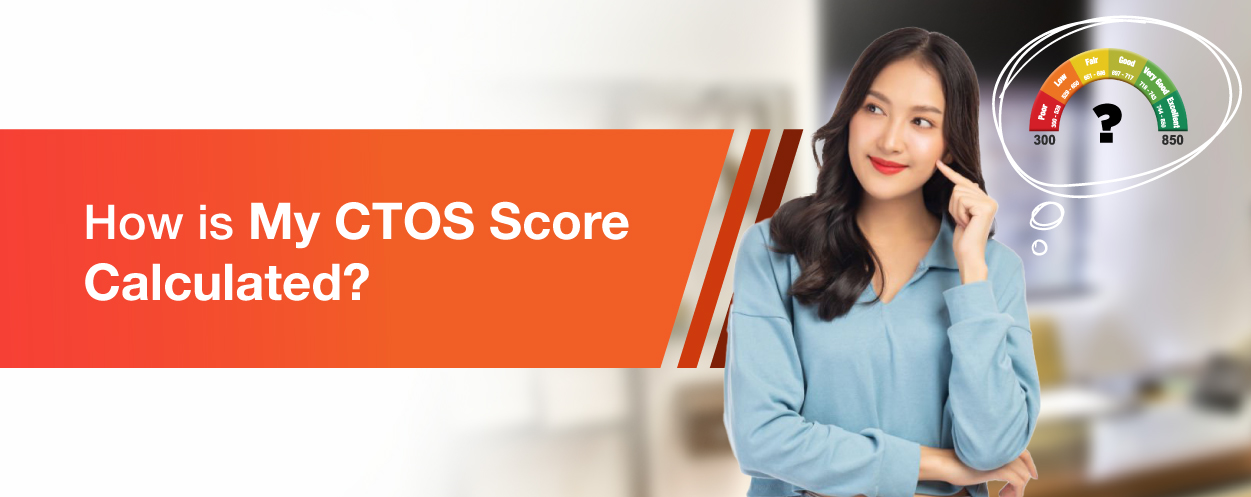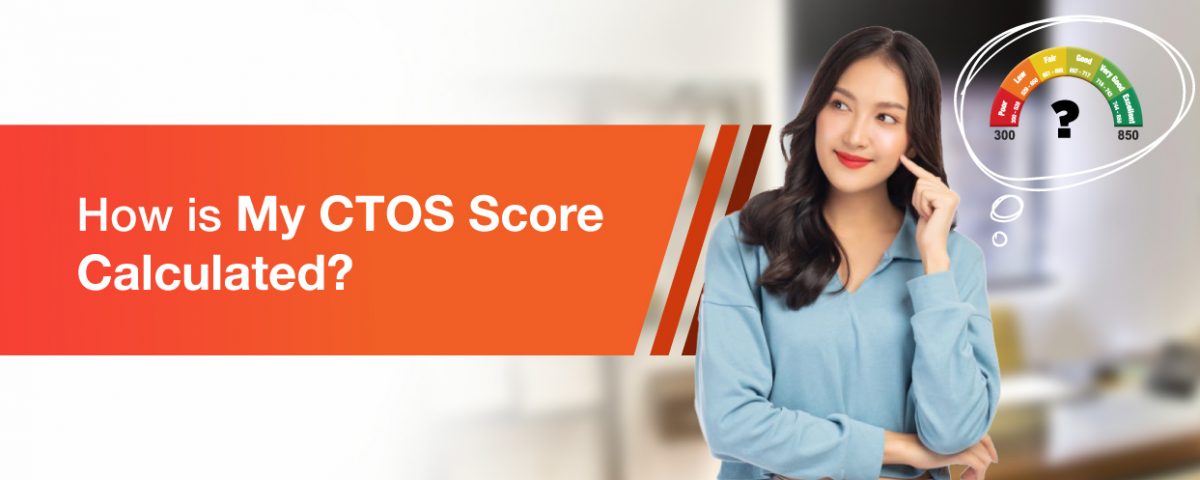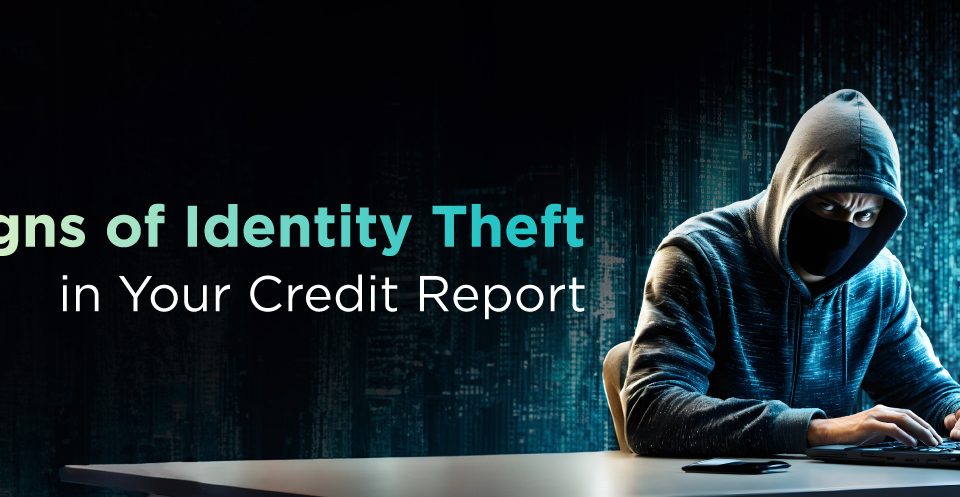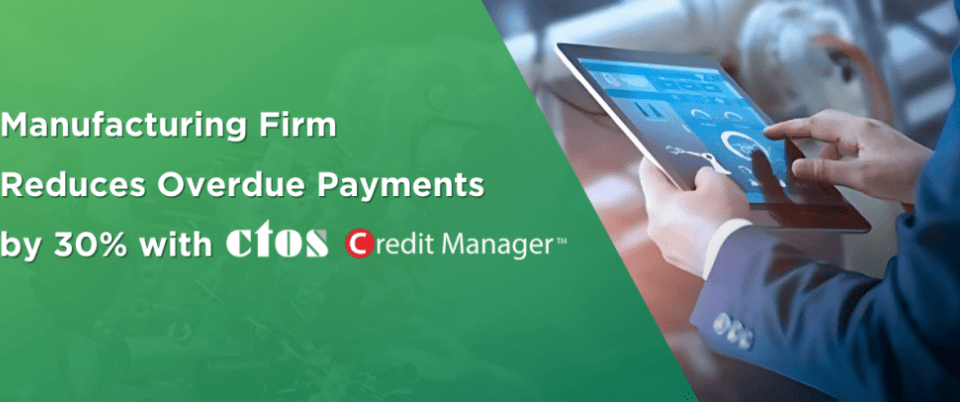
Perhaps you’ve seen your latest MyCTOS Score report and noted your current 3-digit credit score (your CTOS Score), or you’re just curious: how exactly is a CTOS Score calculated?
Your credit score shows whether you have a history of financial stability and responsible credit management. The CTOS Score ranges from 300 to 850 – the higher the score, the more creditworthy you will seem to banks and lenders, especially if you’re applying for a loan or credit card. If you haven’t seen your updated credit report and score in awhile, simply pull your latest MyCTOS Score report to get current on your credit health and standing.
Here are the factors that make up your CTOS Score, with weightage:
1. Payment History – 45%
The most important component of your credit score looks at whether you can be trusted to repay money that is lent to you. This component of your score considers the following factors:
- Have you paid your bills on time for each account on your credit report? Paying bills late has a negative effect on your score.
- If you’ve paid late, how late were you – 30 days, 60 days or more than 90 days? The later you are, the worse it is for your score.
- Have any of your accounts gone to collections? This is a red flag to potential lenders that you might not pay them back.
- Do you have any debt settlements, bankruptcies, foreclosures, legal suits or judgments against you? These are some of the worst things to have on your credit report from a lender’s perspective.
2. Amounts Owed – 20%
The second-most important component of your credit score is how much you owe. It looks at the following factors:
- How much of your total available credit have you used? Less is better, but owing a little bit can be better than owing nothing at all because lenders want to see that if you borrow money, you are responsible and financially stable enough to pay it back.
- How much do you owe on specific types of accounts, such as a mortgage, auto loans, credit cards and instalment accounts? It’s good to have a mix of different types of credit that you can manage responsibly.
- How much do you owe in total, and how much do you owe compared to the original amount on instalment accounts? Again, less is better.
3. Length of Credit History – 7%
Your credit score also takes into account how long you have been using credit. For how many years have you been using credit? How old is your oldest account, and what is the average age of all your accounts?
A long history can be helpful if it doesn’t show late payments and other negative items, but a short history can be fine too, as long as you’ve made your payments on time and don’t owe too much.
4. Credit Mix – 14%
Your CTOS Score considers whether you have a mix of different types of credit, such as credit cards, instalment loans and mortgages. It also looks at how many accounts you have in total. Since this is a small component of your score, don’t worry if you don’t have accounts in each of these categories, and don’t open new accounts just to increase your mix of credit types.
5. New Credit – 14%
The final component in determining your credit score is how many new accounts you have. It looks at how many new accounts you have applied for recently and when (the date) you last opened a new account. If you’ve opened several new accounts recently, the assumption is that you could be a greater credit risk; people tend to open new accounts when they are experiencing cash flow problems or planning to take on lots of new debt.
It’s good practice to check your full credit report regularly so you know exactly how you’re doing. For instance, if your CTOS Score is low, you have the chance to start taking steps early to improve it before your next major financial move, such as applying for a loan.





